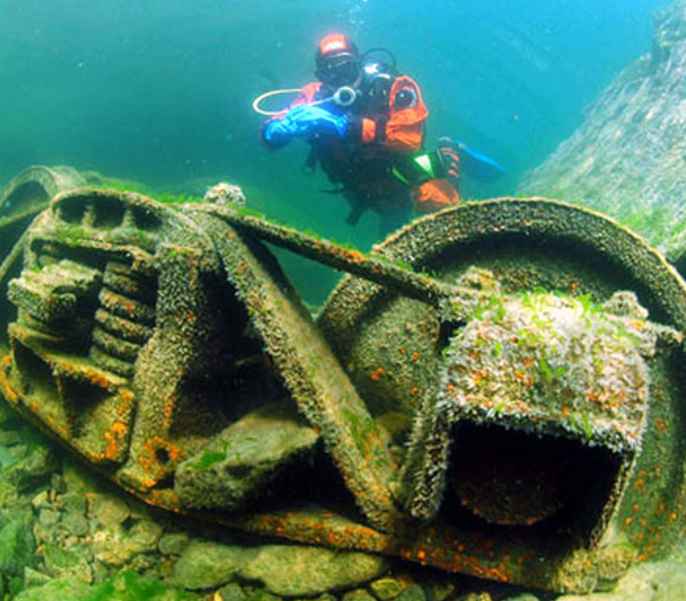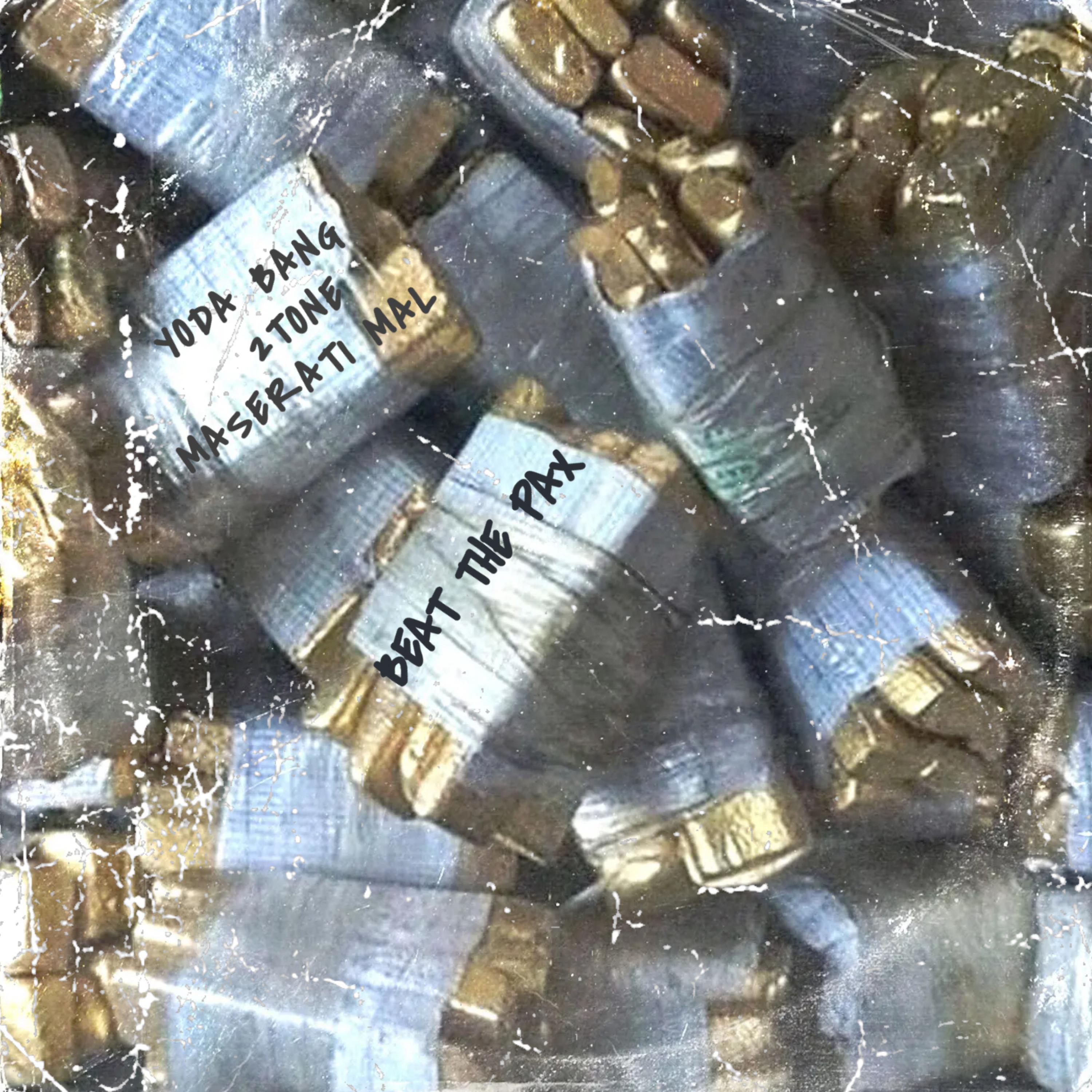For centuries, a colossal treasure of 1,600 tons of gold has remained undiscovered, shrouded in mystery at the depths of Russia’s Lake Baikal. Despite widespread intrigue, no daring soul has ventured to unravel this captivating enigma.
Acknowledged by the Guinness Book of Records as the world’s deepest lake, Lake Baikal boasts an expanse equivalent to Belgium and harbors 20% of Earth’s fresh water. Renowned by various names like the “World Fountain,” “Moon Lake,” “Beihai,” “Russian Pearl,” and the “Innumerable Team Sea and Lake,” this extraordinary location continues to captivate imaginations.

Lake Baikal in Russia reigns as the world’s deepest lake, preserving untouched wonders that remain largely undiscovered by the masses. This allure has drawn numerous passionate explorers and tourists eager to uncover its secrets. During the winter, Baikal transforms into a frozen expanse, adorned by vast and majestic landscapes.
The immense lake, juxtaposed with thousands of kilometers of snow-capped mountains, creates a breathtaking tableau.
Surrounded by legends, Lake Baikal holds a particularly intriguing tale—the narrative of up to 1,600 tons of gold resting at the bottom of the world’s deepest lake.

“The Enigmatic Tale: 1,600 Tons of Gold Lost in Lake Baikal, Yet No One Dares to Reclaim It”
In the year 1917 AD, as Tsar Nicholas II faced imminent demise, Russian noblemen, representing the fading feudal forces, sought to transport vast amounts of gold and silver treasures westward. During their journey across Lake Baikal, they encountered pursuers, forcing them to abandon the entirety of 1,600 tons of gold, allowing it to sink to the lake’s depths.
An alternative version suggests that this gold belonged to Tsar Nicholas II himself. While attempting to transport it to a safer location, the group faced an unexpected thaw while crossing Lake Baikal. Unable to escape the vast lake in time, both the 1,600 tons of gold and the accompanying army sank to the lake’s bottom.
If this legend holds truth, the question remains: why has no one ventured to recover this immense fortune hidden beneath the waters of Lake Baikal?


“The Unreachable Treasure: Barriers to Recovering 1,600 Tons of Gold from Lake Baikal”
The first obstacle lies in the formidable structure and location of Lake Baikal. As of 2015, reports from those close to the discovery area indicate that the lake’s deepest point plunges to 1,637 meters, with a total volume exceeding 2.36 billion cubic meters. The sheer magnitude of this natural reservoir makes salvaging efforts nearly impossible for any investing entity.
Compounding the challenge is Lake Baikal’s location at the convergence of seismic belts. Historical data reveals frequent earthquakes, occurring approximately every 10 years with a magnitude of around 6 on the Richter scale, and catastrophic earthquakes approximately every 30 years with a magnitude reaching approximately 9. The notable earthquakes in 1862 and 1959, along with the massive 1960 earthquake, registering at magnitude 9.5, have significantly impacted the geological structure and water levels of Lake Baikal.
The second hindrance stems from the rich biodiversity within Lake Baikal, harboring species dating back to the Tertiary period, such as Baikal seals, Arctic white trout, Omul white trout, and even sharks. The majority of treasure seekers have abandoned their quest upon realizing the potential harm to these unique freshwater creatures. Considering the delicate balance of this ecosystem, human interference could jeopardize not only the biological and plant life but also mineral resources, posing lasting consequences for humanity both now and in the future.



“The Complex Quandary of Lake Baikal’s Submerged Gold: Ownership, Legends, and Unearthly Mysteries”
The third impediment arises from the uncertainty surrounding the ownership of any discovered gold. Lake Baikal earned the designation of World Natural Heritage in 1996, seemingly belonging to humanity as a whole. However, complications arise as indigenous people, primarily the minority of Irkutsk, inhabit the lake’s surroundings. The geopolitical landscape further complicates matters, with Lake Baikal spanning the Republic of Buryatia and the Irkutsk Oblast. This diversity makes it challenging to establish a unified consensus on the rightful owner of the entire lake.
Local inhabitants often share tales of extraordinary phenomena witnessed on the lake, ranging from apparitions of castles to trains and boats. According to folklore, Tsar Nicholas II, the purported owner of the submerged gold, is linked to Lake Baikal, a site believed to be under the watchful care of a divine force capable of bestowing immortality. Some willingly submerge themselves in its frigid waters at 5 degrees Celsius in the quest for eternal life.
Adding to the enigma are reports of UFO sightings and peculiar incidents around Lake Baikal, sourced from classified Soviet Navy documents. In a 1982 account, a Russian Navy diver claimed to have encountered “humanoid creatures wearing silver suits” at a depth of 50 meters. The pursuit of these beings resulted in three divers found dead and four injured.
Whether these stories hold truth or conceal deeper mysteries, the overarching factor preventing exploration is the lack of technological advancement and the fear of the unknown. The significant quantity of gold resting in the lake’s depths remains undisturbed, obscured by the uncharted waters and the myriad legends that shroud Lake Baikal.





